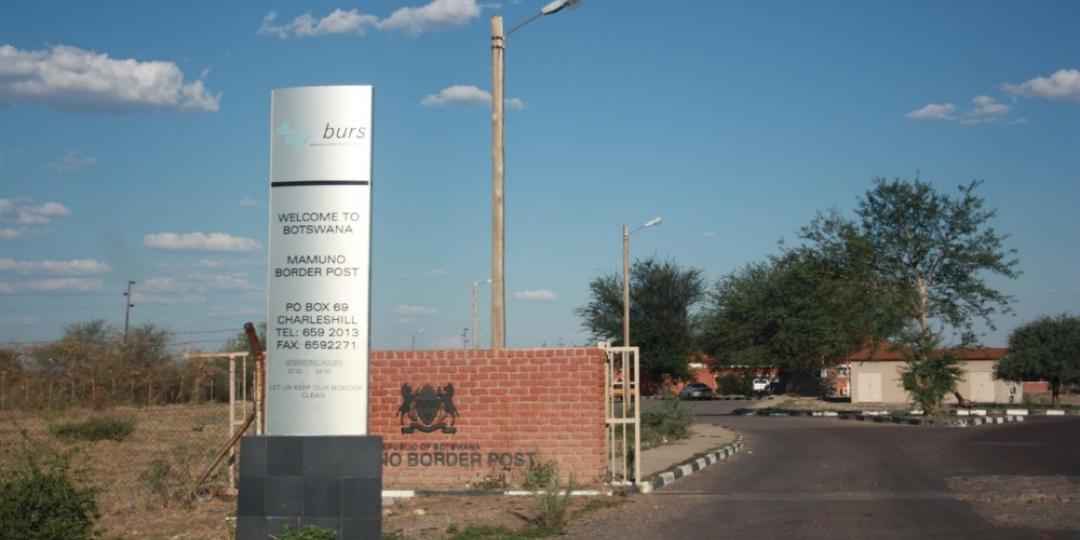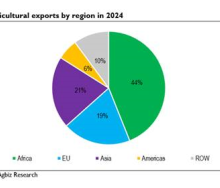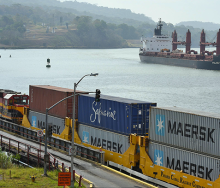Almost one week after Namibia and Botswana extended the operating hours of its Buitepos-Mamuno border on the Trans-Kalahari Corridor (TKC), and word on the ground is that all is running like clockwork.
Whereas the border east of Gobabis in Namibia used to close from midnight till 6am, the important bilateral trade crossing shifted to 24-hour operations from 1 April – no kidding.
The development heralds more progress in quick succession after the two countries recently decided to relax passport control on both sides of the border, easing requirements for long-distance drivers registered in either country.
Now, with a 24-hour transit on the main trade route between the two neighbours, road freight operators from Botswana and Namibia have the added advantage of speeded-up ID-only ‘passport’ control.
“We’re looking forward to seeing more volume travelling faster between ourselves and Namibia thanks to what’s happening at the border,” said Derick Mogatle, dry port manager of Sea Rail, Botswana’s state-owned cargo depot in the Port of Walvis Bay.
During a recent visit by Freight News to the facility (*), he said Sea Rail is in the process of expanding capacity to accommodate more cargo through Walvis for landlocked Botswana.
Although the TKC is intended as a trilateral trade corridor, it’s no secret that Botswana is keen to see more supply chain coming in through Namibia instead of South Africa, despite logistics in Gauteng being much closer to the areas of Gaberone and Lobatse where most of Botswana’s people are concentrated.
- For more information on logistical developments involving the Port of Walvis Bay, remember our special feature on Namibia, out on 19 May.













